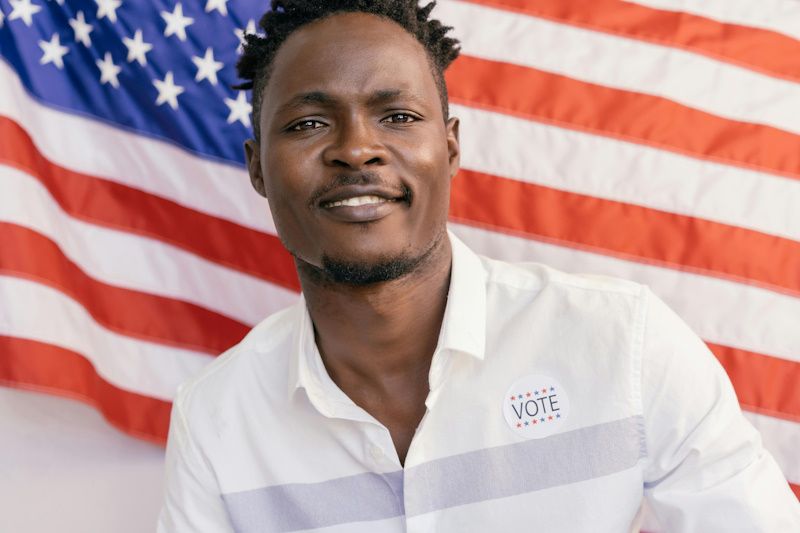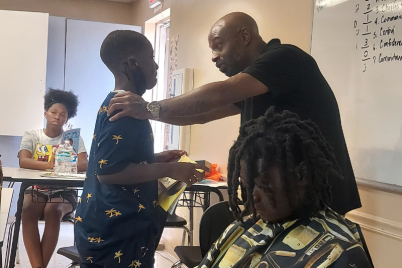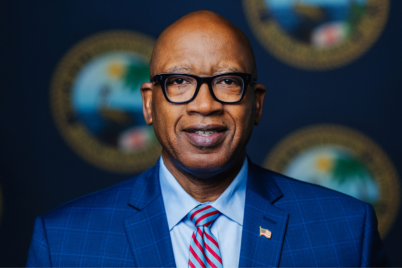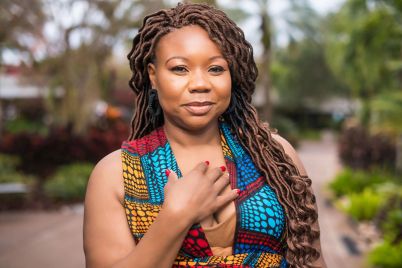By Jabaar Edmond|Contributor
In today’s sharply divided political landscape, where election margins are often razor-thin, both major parties are desperately vying for any advantage. With polls consistently showing tight races—sometimes separated by just a single percentage point—politicians who seek to win must recognize the power of historically marginalized communities. At the forefront of this battleground is the Black vote, particularly the Black male vote, a group that has become a focal point of this year’s election like never before.
For the first time in modern political history, Black men find themselves at the center of electoral strategy. The fight for the Black male vote has intensified, with both parties acknowledging that this bloc may well be the deciding factor in the upcoming election. Campaigns, pundits, and newsrooms across the country are abuzz with discussions about the political power of Black men—a group once marginalized, now indispensable.
Prominent political figures, including former President Barack Obama, have stressed the urgency of mobilizing Black men to vote. Yet, many Black men have responded with skepticism or outright apathy, reflecting a growing frustration with a political system that has largely failed to address their needs. For decades, Black men have been sidelined, disenfranchised, and often treated as an afterthought in American politics. This long history of disenfranchisement has led some to withhold their votes, seeing this act as a powerful statement in a system that has yet to meaningfully address their concerns.
Traditionally, African Americans have overwhelmingly supported the Democratic Party, with Black women recognized as the backbone of that support. However, Black men, who have often been overlooked, disenfranchised, and underestimated in the political process, are emerging as a critical demographic that both parties must now court. While Black men have historically been treated as a “guaranteed” vote for Democrats, the political climate of today paints a very different picture.
In an era where both economic and social issues disproportionately affect Black men, the political system’s failure to provide tangible solutions has pushed many to reconsider their allegiances. Some are even turning away from the Democratic Party, long seen as the default choice, and exploring alternative options, including the Republican Party and independent candidates. This shift is baffling to political analysts who fail to grasp the deep-rooted alienation Black men feel toward a system that has long ignored their voices.
Racism—both historical and contemporary—has relegated Black men to a position of third-class citizenship, where their struggles are often politicized but rarely addressed with substantive policy change. Issues such as mass incarceration, economic disparity, and systemic racism continue to plague Black men, yet political platforms have largely skirted around these topics—until now.
With the election looming, Vice President Kamala Harris has introduced an unprecedented plan specifically aimed at addressing the issues facing Black men. This plan focuses on economic empowerment, criminal justice reform, and other critical areas where Black men have been disproportionately affected. Though a bold gesture, it raises the question: is this a genuine step toward change, or just another political ploy to secure votes in a tight election?
As the general election nears, the political establishment is watching closely to see whether this pivotal bloc will shift the tide of American politics. Will Black men become the kingmakers in this election, or will they continue to be sidelined and ignored once the dust settles? What remains clear is that this election marks a turning point—the Black male vote is no longer guaranteed, and both parties must now reckon with a force they can no longer afford to overlook.
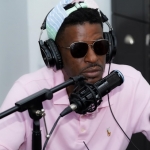 Filmmaker, publisher, and activist Jabaar Edmond is co-founder of the Community Development and Training Center (CDAT) in St. Petersburg, Florida.
Filmmaker, publisher, and activist Jabaar Edmond is co-founder of the Community Development and Training Center (CDAT) in St. Petersburg, Florida.

